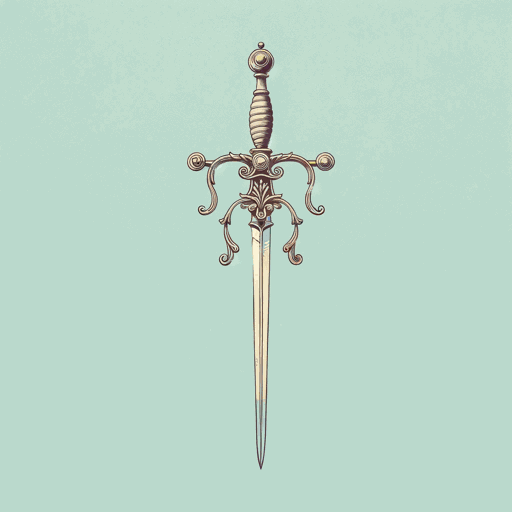52 pages • 1 hour read
Marie-Henri BeyleThe Charterhouse of Parma
Fiction | Novel | Adult | Published in 1839A modern alternative to SparkNotes and CliffsNotes, SuperSummary offers high-quality Study Guides with detailed chapter summaries and analysis of major themes, characters, and more.
Chapters 6-10Chapter Summaries & Analyses
Chapters 6-7 Summary
Returning to Gina’s story in the time that Fabrizio found himself at Waterloo, the narrator verifies her long-intensifying admiration for her nephew, owing to which she departs for Milan in order to hear news of Napoleon. She meets Count Mosca, Minister of Police in the infamously conservative state of Parma. Despite his powdered wig, which is a symbol of conservatism, he strikes Gina as simple and cheerful. Having once fought with Napoleon in 1808, Mosca explains his return to the old regime in terms of pragmatism: “one must live.” In contrast to boastful ministers like Conti, Mosca is “ashamed of the gravity of his position,” explaining to Gina that “I dress like an actor in a comedy in order to support a great household and earn a few thousand francs” (118). Gina admires Mosca’s frankness just as he does her sincerity.
The pair exchange letters about court intrigues in Parma, which interest both as a game: “One must play by the rules” (127). Gina learns of the major players in Parma: The Prince, Ranuccio-Ernesto IV, who is ruled by suspicion to the extent that Mosca looks under his bed at night for “hidden Liberals”; the Chief Justice Rassi, who stokes the Prince’s fear by keeping the famed mountaintop prison of Parma filled with prisoners; and finally the Marchesa Raversi, the leader of the opposition Liberal party and “a schemer, capable of anything” (127).
Featured Collections
Challenging Authority
View Collection
Class
View Collection
Class
View Collection
European History
View Collection
French Literature
View Collection
Historical Fiction
View Collection
Italian Studies
View Collection
Memorial Day Reads
View Collection
Military Reads
View Collection
Politics & Government
View Collection
Power
View Collection
Required Reading Lists
View Collection
School Book List Titles
View Collection

